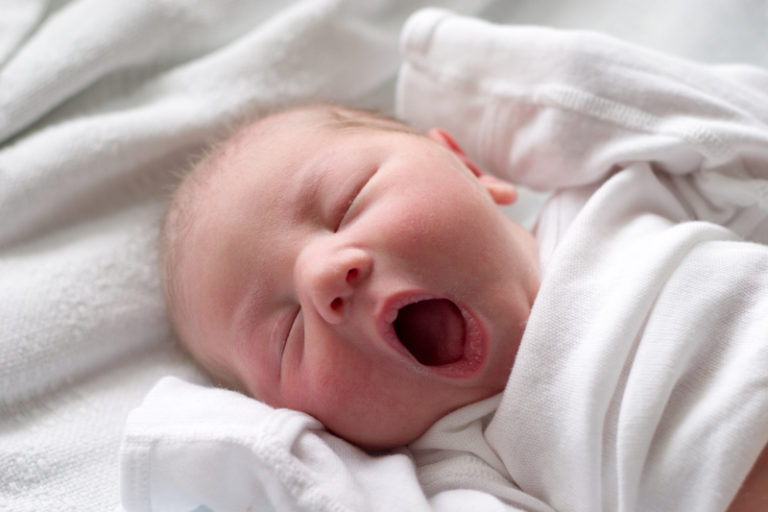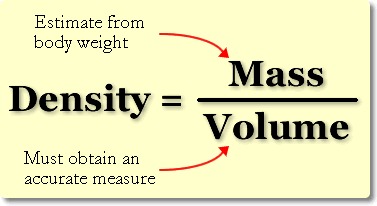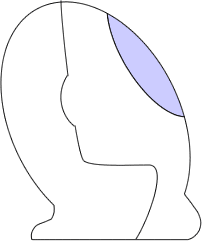Technology has changed the way we see and experience the world. Even if you are not the biggest technology advocate, you will probably agree that there are some apps that are really informative and helpful in our everyday lives. In this post we are going to be talking a little bit about some of the different free Pregnancy and Parenting apps that are available for Android and iPhone and how they can help you life a less stressful life!.
Ovia Pregnancy Tracker (today on iOS and Android devices)
This is one of the-most used apps because of all the features it includes. It shows you baby size comparisons, with which you can track your babies growth and see how big it is compared to different fruits, toys, animals... It has its own countdown to Baby, and it also offers a comprehensive health tracker (symptoms, mood, sleep, activity, weight, blood pressure, and nutrition), appointments, notes, and pregnancy milestones (like baby’s first kick!). It can even sync your fitness tracking device!
CDC milestones app (today on iOS and Android devices in English and Spanish!)
This is one of the-most used apps because of all the features it includes. It shows you baby size comparisons, with which you can track your babies growth and see how big it is compared to different fruits, toys, animals... It has its own countdown to Baby, and it also offers a comprehensive health tracker (symptoms, mood, sleep, activity, weight, blood pressure, and nutrition), appointments, notes, and pregnancy milestones (like baby’s first kick!). It can even sync your fitness tracking device!
CDC milestones app (today on iOS and Android devices in English and Spanish!)
 This awesome app comes with quite a lot of features: from an appointment tracker (which you will definitely need during you pregnancy and once your baby is born!), to lots of information on Milestones and how to identify and track them! This app will also help you know if it is time to "act early" and talk to your doctors about any developmental concerns. And of course, if you have multiple children, it is able to track them individually.
This awesome app comes with quite a lot of features: from an appointment tracker (which you will definitely need during you pregnancy and once your baby is born!), to lots of information on Milestones and how to identify and track them! This app will also help you know if it is time to "act early" and talk to your doctors about any developmental concerns. And of course, if you have multiple children, it is able to track them individually. Baby Story Photo Editor (free, available on iOS and Android)
Baby Story Photo Editor (free, available on iOS and Android)Baby Story Photo Editor is the easiest to capture and track your precious pregnancy milestones and baby pics! We love all the little stickers and filters that this app brings to the table!
Shopping for your little one can be overwhelming, but this app makes the process super easy. Instead of having friends and family go through the hassle of searching multiple baby registries, this app syncs all of your items from different stores into one registry. Isn't that useful?
Text4baby app (free, available on iOS and Android)
If you love getting text messages, the Text4baby app is for you. Once you type in your due date and phone number, you’ll receive text updates on your baby’s development throughout the pregnancy and notices up to one year following the birth. You’ll be able to take quizzes, watch educational videos, see your baby’s growth, and keep track of medical appointments. What’s even better is this app is backed by the Society for Maternal-Fetal Medicine.
How about you? What apps do you use? Let us know in the comments!
Text4baby app (free, available on iOS and Android)
If you love getting text messages, the Text4baby app is for you. Once you type in your due date and phone number, you’ll receive text updates on your baby’s development throughout the pregnancy and notices up to one year following the birth. You’ll be able to take quizzes, watch educational videos, see your baby’s growth, and keep track of medical appointments. What’s even better is this app is backed by the Society for Maternal-Fetal Medicine.
The Cozi Family Organizer app (free, available on iOS and Android)
This app will help you stay in charge of your hectic life. It will allow you to keep track of and share medical appointments with your family (there will be lots of them during and after the pregnancy), create and share shopping lists, and even store recipes.
This app will help you stay in charge of your hectic life. It will allow you to keep track of and share medical appointments with your family (there will be lots of them during and after the pregnancy), create and share shopping lists, and even store recipes.
**Please remember that the use of this apps is NOT a substitute for the use of validated, standardized developmental screening tools as recommended by the American Academy of Pediatrics.
How about you? What apps do you use? Let us know in the comments!















